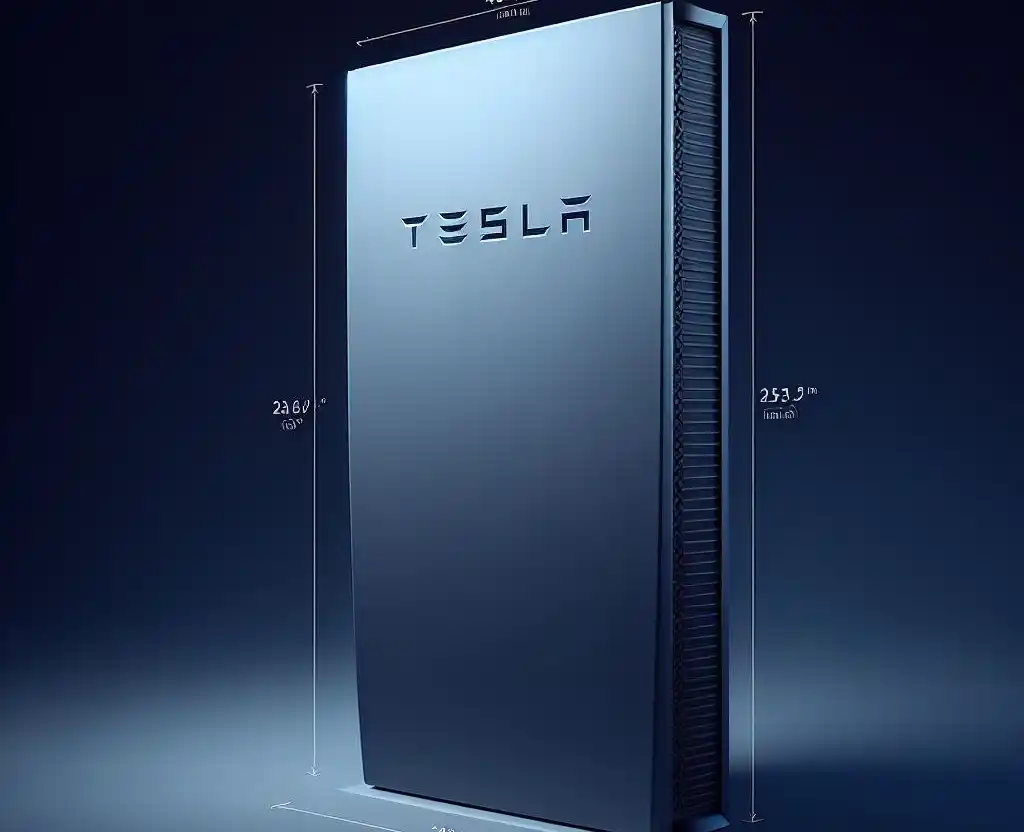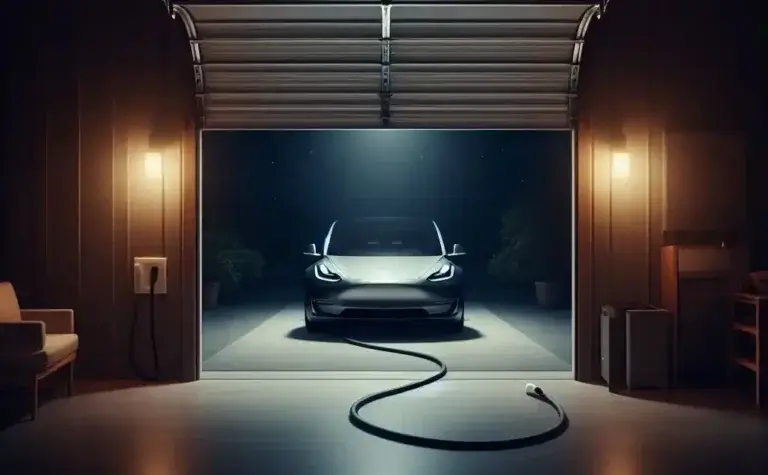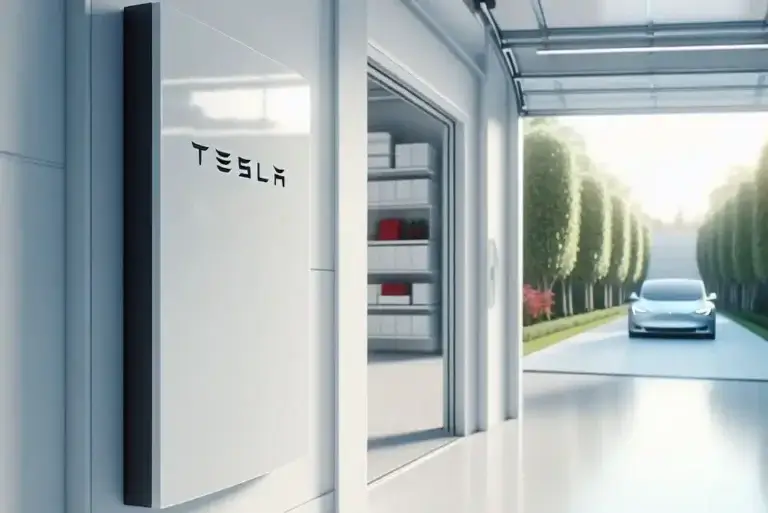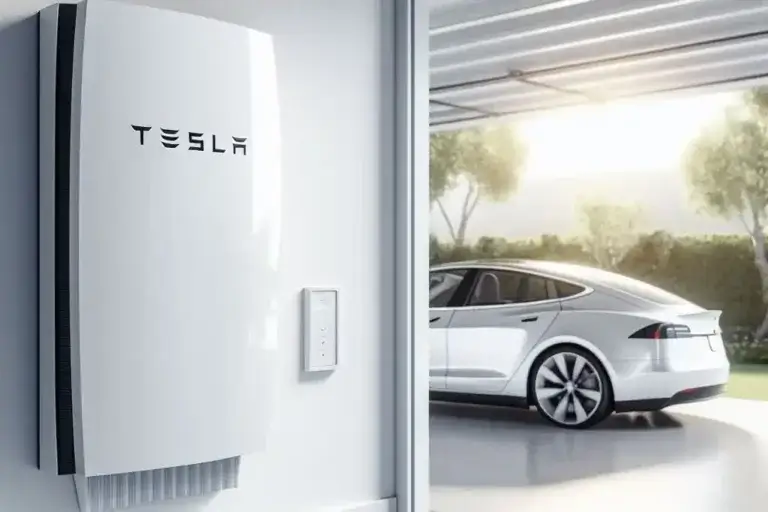Can Tesla Powerwall be Charged by Generator: Inverter Generator is the Solution
Are you wondering if you can use a generator to charge your Tesla Powerwall during a power outage? With the Powerwall providing backup energy storage for your home, it’s an important consideration to ensure reliable power when the grid goes down.
In this comprehensive guide, we’ll cover everything you need to know about charging a Powerwall from a generator, including:
- Can a generator actually charge a Powerwall?
- What type of generator do you need to charge a Powerwall?
- Step-by-step process for using a generator with a Powerwall
- Considerations around connecting a generator to your solar system and Powerwall system
- Alternatives beyond using a generator to charge a Powerwall
- And more to help you make an informed decision
We’ll dig into the details around integrating generators and Powerwalls. Keep reading to get the full picture or jump ahead using the table of contents.
Overview: Is Charging a Tesla Powerwall from a Generator Possible?
The short answer is yes, you can use certain generators to charge a Tesla Powerwall during a power outage.
With an inverter generator rated at least 5,000-7,000 watts plus a manual transfer switch, you can route generator power to charge the Powerwall. This keeps your home running on the Powerwall’s stored energy while simultaneously recharging the battery.
However, there are nuances around connecting generators that depend on your specific solar and Powerwall setup. We’ll cover those below.
First, let’s look at why you might want generator charging in the first place.
Why Charge a Powerwall from a Generator? Extending Backup Power
Tesla Powerwalls provide invaluable energy storage for your home during grid outages. The integrated battery stores power from your solar panels or the grid, then supplies backup electricity when the grid goes down.
Most Powerwall installations can run a fully electric home for up to 10 hours or more. But what happens if the outage lasts longer than your storage capacity?
This is where using a generator to recharge your Powerwall comes into play. By routing generator power to the Powerwall, you can continually top off the battery and extend your usable backup time.
Rather than running the generator to directly power your home, charging the Powerwall allows you to continue using the Powerwall’s stored solar energy while simultaneously re-filling the battery from the generator. This approach maximizes solar usage while relying less on generator fuel.
“Charging the Powerwall from a generator lets you tap into free solar energy before burning costly fuel. It stretches your limited generator runtime for an extended outage.”
Without the ability to recharge, once your Powerwall hits 0% you’ll be forced to switch fully to generator power. By using the generator earlier to charge the Powerwall, you delay this switchover point and preserve fuel.
What Type of Generator Can Charge a Powerwall? Inverter Model Requirements
Not all generators can interface with a Powerwall to recharge the battery.
Inverter generators are required for Powerwall charging since they output clean sine wave AC power. This standardized AC output allows the Powerwall system to sync and draw charging current.
Generator output needs to match grid power quality for the Powerwall to be able to use it as an input source. Inverter models provide this high-quality AC power, unlike traditional generators.
Specifically, you need an inverter generator rated at least 5,000-7,000 watts for Powerwall charging. Lower capacity generators won’t have enough output to effectively charge the Powerwall while simultaneously running home loads.
Ideally, choose a 7-10kW generator to have enough overhead power. Popular portable inverter generators like the Generac 7558 or Champion 100402 meet the capacity needs for Powerwall charging.
- Inverter generators with >= 5-7 kW capacity
- Clean sine wave AC output matches grid power
- Allows Powerwall sync and charging
- Traditional generators won’t work!
Besides wattage considerations, these inverter generators must have 240v outlet connectivity to interface with the Powerwall. 240v allows sufficient current flow for reasonable charge rates.
Note: Some generators only include 120v receptacles. Ensure 240v connectivity for Powerwall charging.
With the right generator meeting these requirements, you can effectively route power to your Powerwall to recharge the battery during an extended outage.
Step-By-Step: Using a Generator to Charge a Powerwall
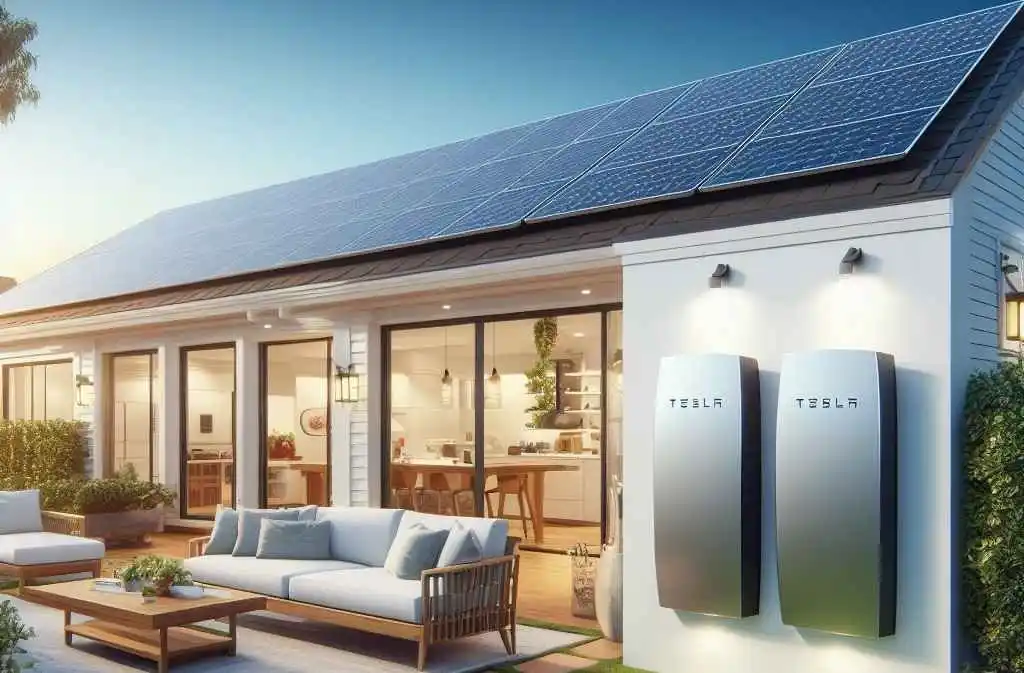
Connecting a compatible generator to route charging power to your Powerwall involves a specific installation setup.
Here is the step-by-step process:
1. Install a Manual Transfer Switch (MTS)
First, you need to install a manual transfer switch (MTS) to facilitate generator connections.
An MTS acts as a “switchboard”, allowing you to manually shift circuits between the grid and generator power as needed.
Your solar installer must wire the MTS to a dedicated generator inlet to allow quick connections.
When generator power is live at the inlet, you simply flip the MTS to route those circuits from the grid over to the generator instead.
An automatic transfer switch costs more but automatically detects grid failures and switches to generator power for true hands-free operation.
2. Connect Generator to MTS Inlet
Next, when the grid goes down, bring the compatible inverter generator outdoors and connect it to the MTS inlet.
Start up the generator and ensure it reaches stable running voltage and frequency first.
3. Switch MTS to Generator Mode
Here’s the key step – with live generator power now available at the inlet, flip the manual transfer switch circuits over from the grid to the generator.
Typically, you’ll switch the essential loads panel and Powerwall charging circuit over to generator power.
This routes electricity from the generator to those circuits rather than the offline grid.
4. Recharge Powerwall from Generator
Now connected upstream, the generator can send current downstream to recharge the Powerwall battery.
Leave the generator running and charging until the Powerwall system indicates full capacity. Topping off the charge prepares the maximum stored backup for the remainder of the outage.
Once fully charged, you can switch the MTS back over to the grid if power is restored. Otherwise, keep running the generator as needed.
- Install manual transfer switch with generator inlet
- Connect compatible generator to inlet
- Flip MTS circuits to generator power
- Allows generator to charge Powerwall battery {{< /vs >}}
Using this MTS setup allows you to leverage generator power for charging your Powerwall as needed while keeping risks contained.
Considerations When Connecting a Generator to a Powerwall
While using a generator to charge a Powerwall is possible, there are some important considerations to factor in.
Can’t Charge Simultaneously from Grid
With the manual transfer switch setup described above, you have to choose either grid or generator input charging at a given time.
The Powerwall can’t simultaneously charge from the grid and an attached generator due to this switched wiring approach.
So while charging from the generator, your home runs off the Powerwall’s stored solar energy. You temporarily lose grid recharging until you disconnect the generator.
For grid-dependent solar setups rather than off-grid, this can be a notable downside. Manage your generator runtime and Powerwall capacity accordingly.
Manual Transfer Switch Operation Required
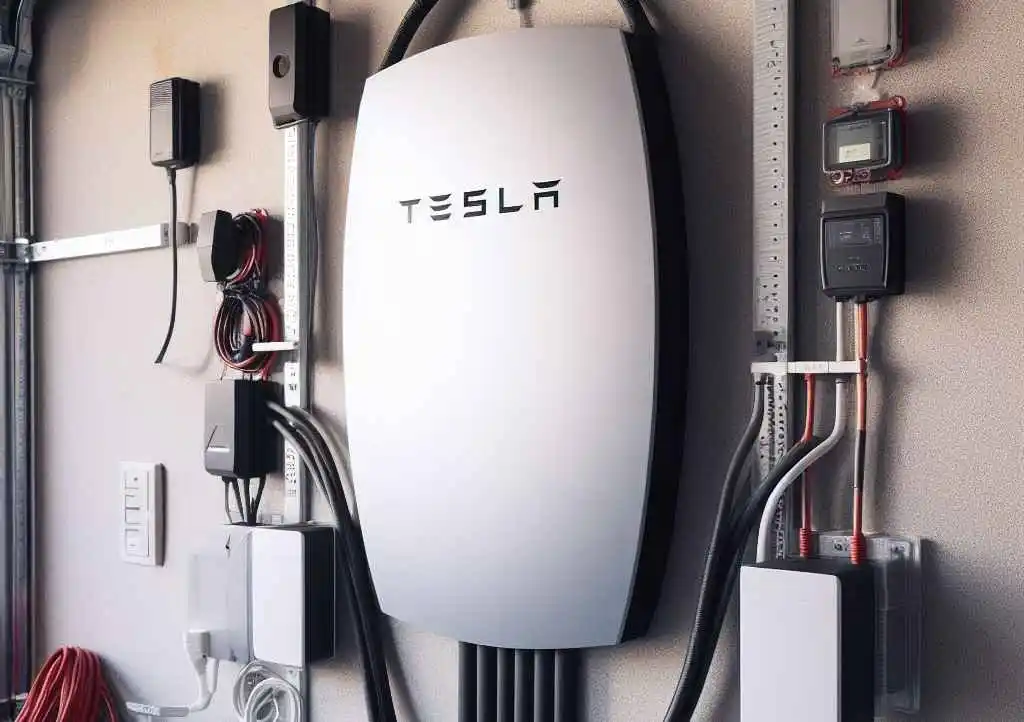
Additionally, using the generator involves manually operating the transfer switch itself.
You must actively connect the generator, start it safely, then remember to flip the MTS circuits over to generator mode for charging.
When finished, you need to reverse the process – switching back to grid power, shutting down the gen, and disconnecting it.
An automatic transfer switch avoids this manual intervention by detecting failures and automatically switching over. But costs are higher.
Potential Electrical Risks
Anytime you introduce new power sources like generators into an existing system, it potentially exposes risks if done improperly.
Incorrect wiring or uncontrolled switching between grid/gen could damage equipment or pose safety hazards.
Work closely with your certified solar/Powerwall installer if setting up generator connectivity. Do not attempt hazardous electrical work yourself. Get professional support to contain risks.
While using generators to charge Powerwalls is possible, it requires careful setup and operation to do it safely.
Alternatives to Charging a Powerwall from a Generator
If the complexity or risks of generator charging don’t suit your goals, what are your other options?
Here are a few alternatives beyond using generators:
- Oversizing your Powerwall capacity – Adding more Powerwall batteries or upgrading to a higher capacity model provides more onboard energy storage. This extends your runtime without needing generator charging.
- Off-grid solar arrays – Going fully off-grid with larger solar arrays, more panels, and added batteries can provide indefinite backup power without any generator requirements.
- Grid power backups – Grid connection upgrades like underground cabling can improve reliability and reduce the number of sustained outages needing backup power.
- Portable power stations – Smaller battery stations from EcoFlow, Bluetti, Jackery and others provide portable charging and AC outlets for limited runtimes.
Depending on your budget, reliability needs, and existing solar setup limitations, alternatives like these may better suit your situation.
Conclusion
While connecting generators to Tesla Powerwalls is possible with the right gear and setup, it introduces complexity and risks around manual operation.
Using generator power to recharge your home battery backup allows you to further extend usable runtime. But the switching process requires active owner participation.
Understanding if Powerwall generator charging fits your unique solar goals allows you to make an informed decision. Evaluate whether alternatives like adding solar capacity or eliminating grid dependence may better meet your needs instead.
Do you have experience setting up generators with a Tesla Powerwall system? What challenges or advice would you share around home energy backup and charging solutions? Let us know in the comments below!
FAQs: Generator Charging for Tesla Powerwalls
Below we’ve compiled some frequently asked questions around using generators to charge Tesla Powerwall batteries during outages.
Can I use my existing portable generator to charge a Powerwall?
Unfortunately not. Most conventional, portable generators don’t provide the clean sine wave power the Powerwall requires. You would need an inverter generator instead.
What size generator is needed to charge a Powerwall?
You’ll want an inverter generator rated for at least 5,000-7,000 watts for reasonable charge rates. A 7-10kW model allows for future load growth too. Ensure it includes a 240v outlet.
Can I charge a Powerwall from solar while also charging from a generator?
No, the wiring approach typically used with manual transfer switches means you can charge from grid or generator – but not both simultaneously. Off-grid solar setups work differently.
How long will it take to fully recharge a Powerwall from my generator?
Charge time varies based on generator wattage and model. Typically 6-10 hours for a full recharge is reasonable for larger 7-10kW generators. Higher capacity = faster charging.
Do I need to update my solar inverter or other equipment to charge from a generator?
Maybe not. But you will need your solar pro install a manual transfer switch to safely integrate the generator. Improper installations risk damage.
Can I use generator power as the primary source for household loads too?
Yes, by flipping more home circuits onto generator power, you can directly run additional lights, appliances, etc. This further preserves your stored Powerwall energy.
Still have questions around safely setting up generators to charge your Tesla Powerwall? Reach out to your certified installer for guidance specific to your system.

